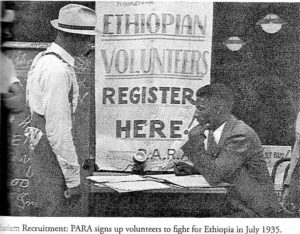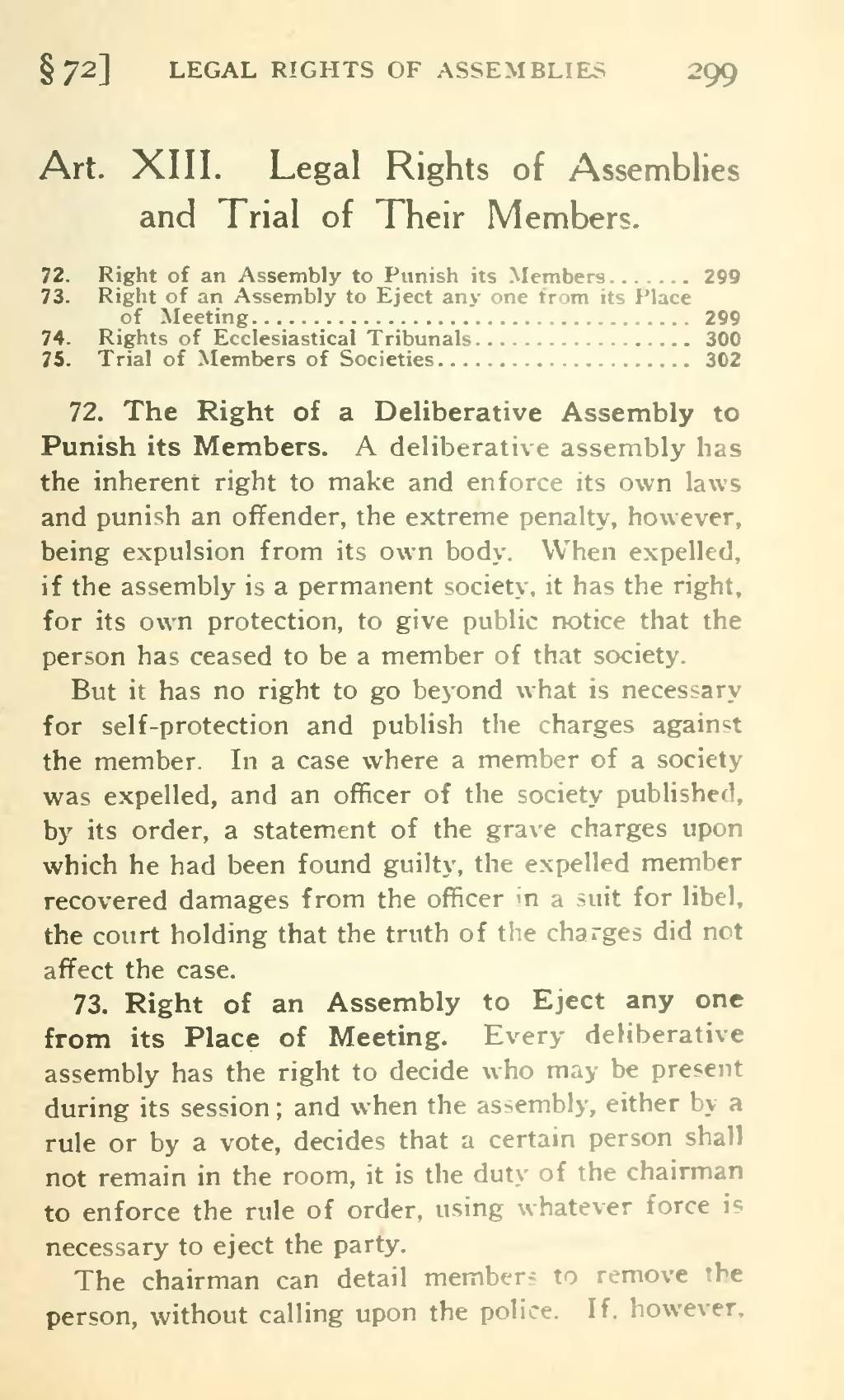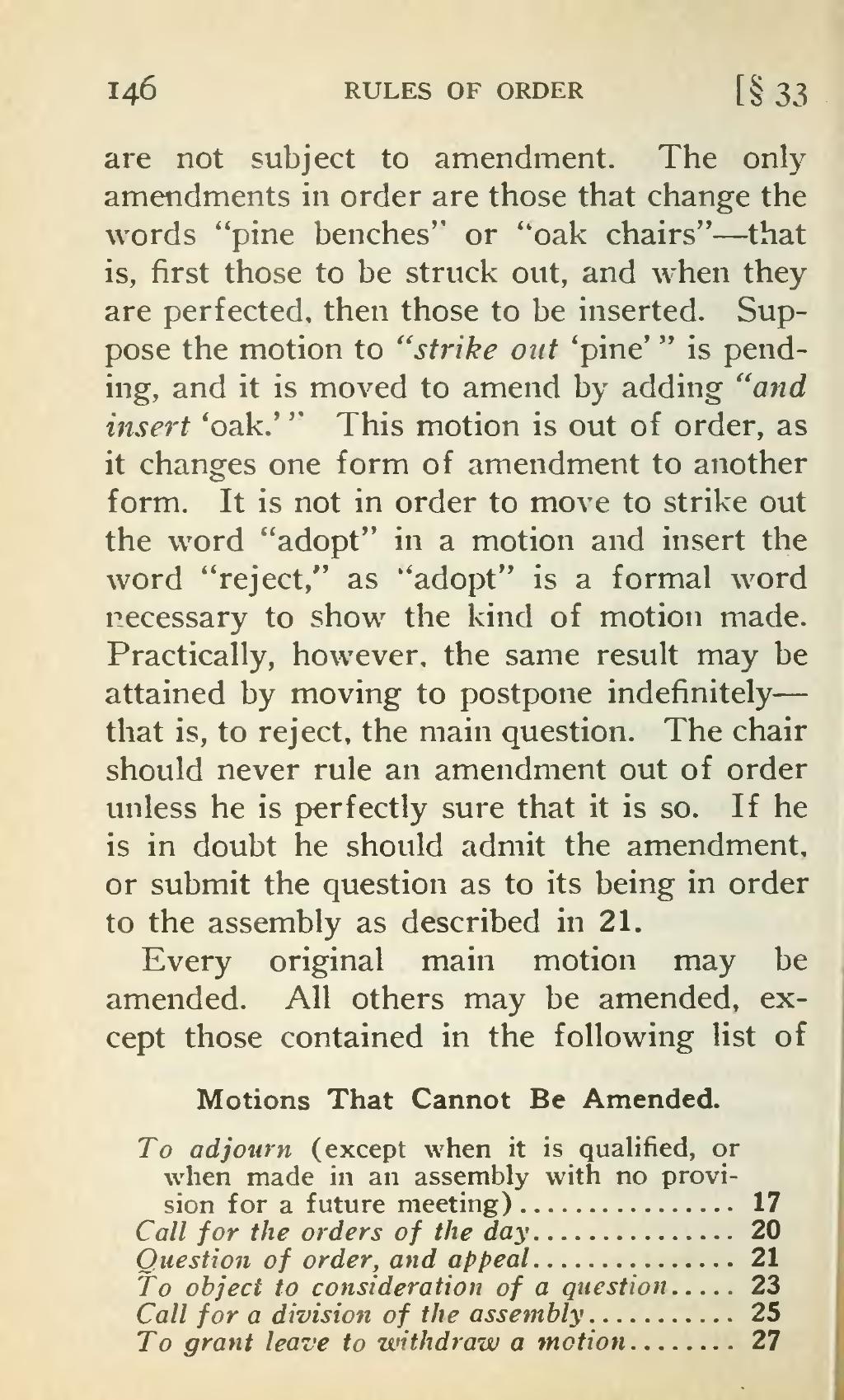A VPN creates a secure connection between your computer and a network on the internet. Mac users might have see page many reasons for installing an VPN. They can protect their activities on public Wi-Fi, gaining access to region-specific content or connecting to a corporate network while working from home. Installing VPN on your MacBook is not any difficulty, irrespective of your level of technical knowledge. This article will guide you through the steps to manually configure your Mac to connect with a network VPN that uses a commercial or free service.
There are a few important differences between the two options and we’ll cover both of them here. Free services typically have limited server locations or slow speeds. On the other side, paid services generally provide a larger selection of servers. If the location or speed of a server doesn’t suit your needs you can always alter it once you are connected.
When you connect to VPN your data will be secured. This means that it will be scrambled into code, which only your VPN can decipher. This shields you from cybercriminals as well as ISPs as well as advertisers, governments as well as other third-party entities. It also makes it much less difficult to monitor your browsing history, even on insecure networks like Wi-Fi public.
Depending on the VPN service you are using, you’ll need enter both your server address as well as your account’s name (also called “local ID” or “remote ID”), and click Create. Certain VPN providers display these details within the System Preferences and others will ask you to choose your VPN and enter this information in their own app.








